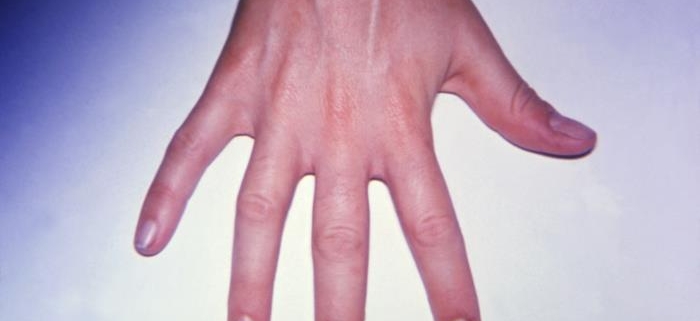Finger Arthrits

Overview of Finger Arthritis
Arthritis is a common health condition that affects millions of people worldwide. Finger arthritis, a subtype of the condition, is characterized by aching, stiffness, swelling, and potential deformity of fingers. This form of arthritis drastically affects an individual’s ability to perform daily activities due to limited dexterity. By understanding the condition, its causes, symptoms, and treatment options, patients can effectively manage their symptoms and maintain a better quality of life.
Types of Finger Arthritis
Finger arthritis can fall under several types:
-
- Osteoarthritis: This is the most common form of arthritis, affecting the cartilage in the joints eventually causing it to wear away and result in bone-on-bone contact.
-
- Rheumatoid arthritis: An autoimmune disorder that causes the body’s immune system to attack the joints, thus leading to inflammation.
-
- Psoriatic arthritis: An inflammatory condition that affects individuals with psoriasis, a skin condition.
Causes of Finger Arthritis
Finger arthritis, much like other forms of arthritis, can be influenced by a variety of factors. Risk factors include:
-
- Age: The risk increases with age.
-
- Sex: Females have been observed to be more prone to the condition.
-
- Genetics: A family history of arthritis can increase your chances of developing the disease.
-
- Injuries: Past injuries to your hand or fingers can increase risk.
-
- Obesity: Extra weight puts additional stress on all joints, potentially causing faster wear and tear.
Symptoms of Finger Arthritis
The symptoms associated with finger arthritis can range from mild to severe. The following are the most common:
-
- Joint pain
-
- Swelling and tender joints
-
- Stiffness, particularly in the morning
-
- Reduced mobility or flexibility of joints
-
- Deformity of the finger joints
Diagnosis of Finger Arthritis
The diagnosis of finger arthritis generally involves a medical history, a physical examination, and sometimes, imaging tests. Doctors will enquire about symptoms, examine the hand and fingers for any sign of swelling or tenderness and assess the range of motion. X-rays are often done to confirm the diagnosis and rule out other conditions.
Treatment Options
While there’s no cure for arthritis, there are treatments available that can help to alleviate symptoms and improve quality of life. These include:
-
- Medications: Nonsteroidal anti-inflammatory drugs (NSAIDs) to reduce inflammation and pain.
-
- Physical Therapy: Exercises to improve flexibility and strength.
-
- Occupational Therapy: Techniques to protect joints during daily activities.
-
- Surgery: Joint replacement or fusion surgery may be necessary for severe cases.
Living With Finger Arthritis
Living with finger arthritis can be challenging, but adopting certain strategies can make it manageable:
-
- Exercise regularly to maintain joint flexibility.
-
- Follow a balanced diet to maintain a healthy weight and reduce pressure on the joints.
-
- Use assistive devices to help with tasks that cause pain.
-
- Include rest periods throughout the day to avoid excessive strain.
-
- Practice pain management techniques like heat/cold therapy or relaxation exercises.
When to Seek Help
While finger arthritis can often be managed at home with lifestyle modifications and over-the-counter medications, it’s crucial to seek medical attention in the following cases:
-
- Severe pain that doesn’t improve with rest or medications
-
- Decreased range of motion that affects daily activities
-
- Significant swelling or redness
-
- Sudden onset of severe symptoms
By realizing when to seek help, patients with finger arthritis can ensure they get the care they need when they need it, preventing further complications and improving their overall quality of life.
